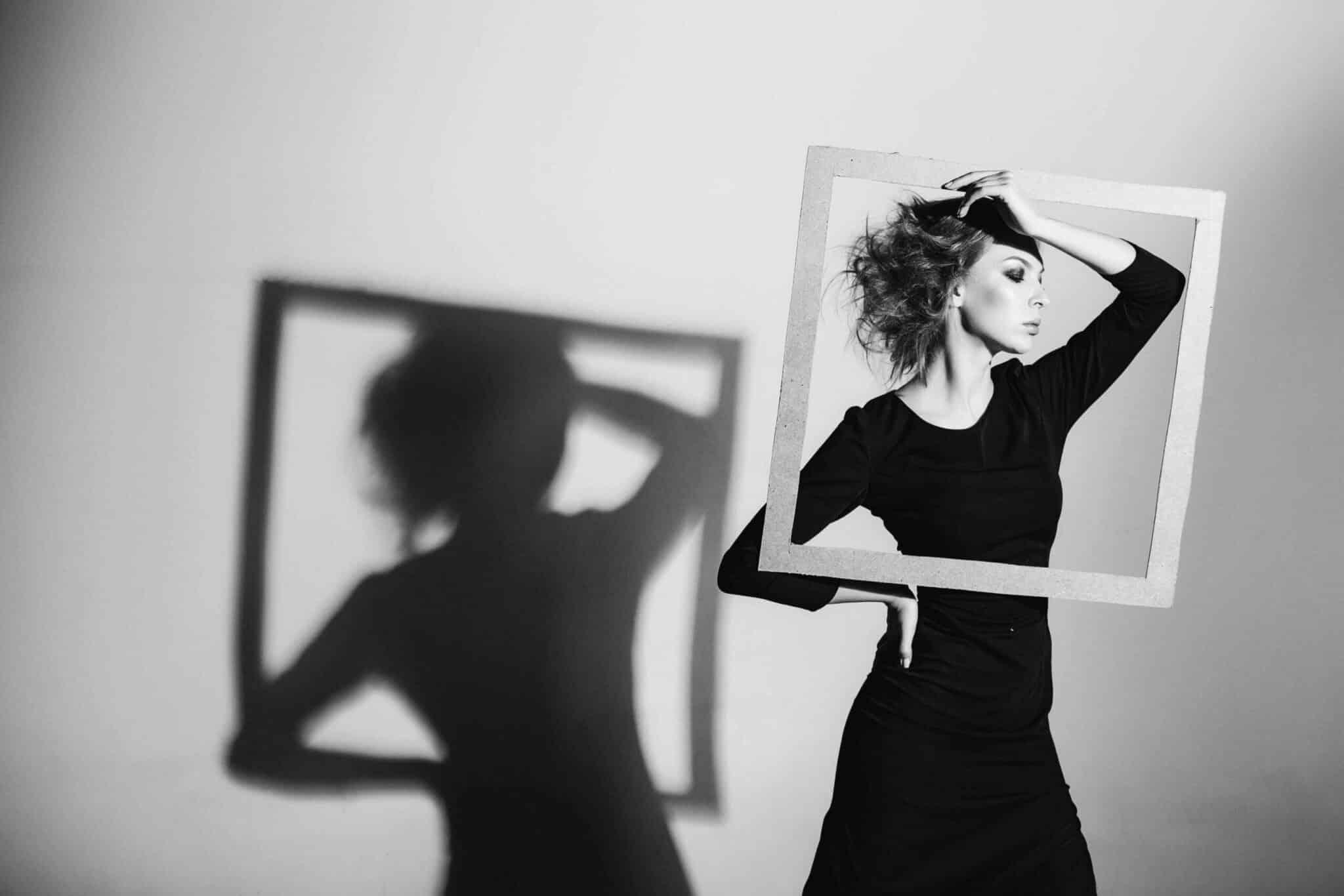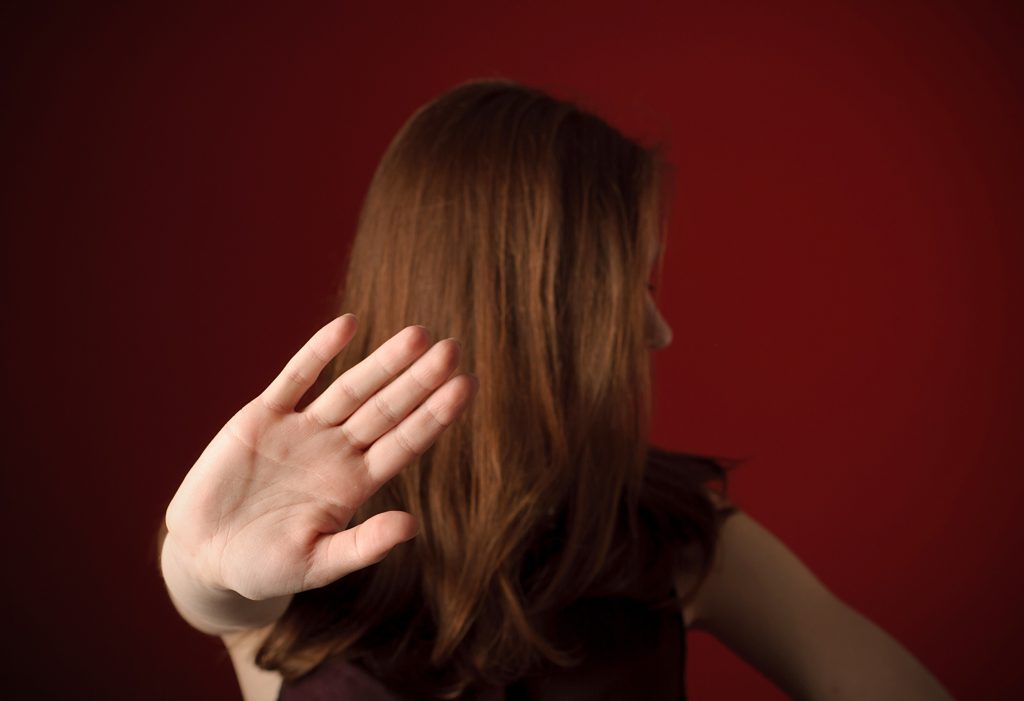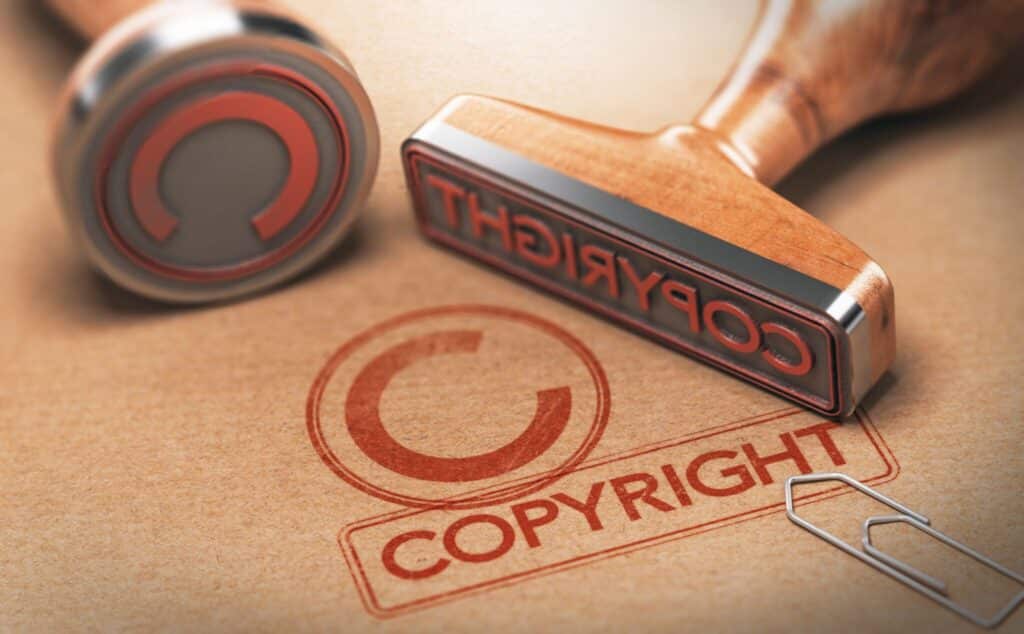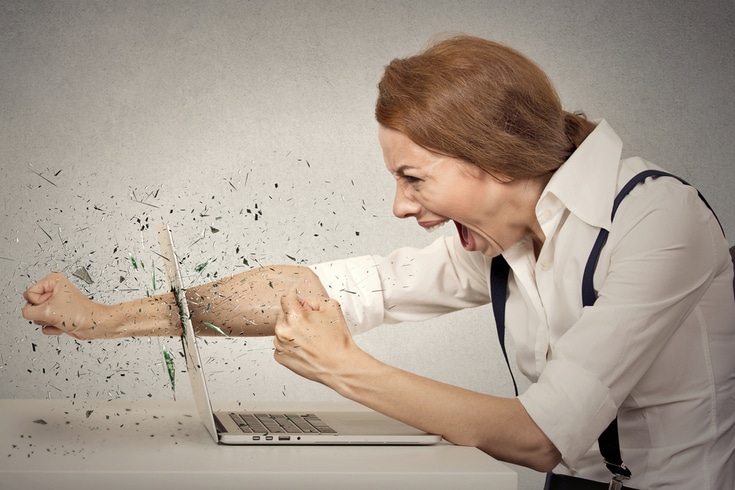What is the 'Publicity Right'? Explaining the Difference from Right of Publicity and Scenarios that Constitute Infringement

Every individual has a personal interest in the freedom of their private life, which includes the right not to have their appearance or demeanor photographed or their portrait published without consent. This interest is legally protected as the Right of Publicity (Japanese ‘Shouzouken’).
On the other hand, there is a right similar to the right of publicity, known as the Publicity Right (Japanese ‘Paburishiti-ken’). This right is primarily recognized for celebrities such as entertainers and professional athletes.
In this article, we will explain what the publicity right is, in what cases it can be infringed upon, and how it compares to other similar rights.
What is Publicity Rights?
Publicity rights do not have a legal definition, but their nature has gradually been clarified and recognized through court rulings.
In case law, publicity rights are understood as “the right to exclusively utilize one’s attractiveness to customers” (Supreme Court ruling on February 2, 2012 (Heisei 24) Minshu Vol. 66 No. 2 p.89).
Let’s explain with a specific example.
Celebrities and professional athletes are often featured in TV commercials and on magazine covers. If it were enough to simply depict a person, companies could use their employees for commercials, or magazine editors, to save time and money. However, we rarely see such examples. This is because promoting products or services using the portraits or names of celebrities is more likely to boost sales than using unknown employees.
If a product is used by a favorite actor or athlete, people may want to try it themselves. If a product is recommended by a celebrity, it is expected that people will think it must be a good product. This can increase the number of people who pick up the product or service.
This power to attract customers is a power gained by becoming a celebrity, and it is considered that only the celebrity themselves can use it, and others are not allowed to use it freely. This “right to exclusively utilize one’s attractiveness to customers” is what is known as publicity rights.
Comparison of Publicity Rights and Similar Rights
Difference between Publicity Rights and Rights of Publicity
Just like publicity rights, rights of publicity are also related to a person’s appearance. The difference between these two rights lies in ‘what they protect’.
- Rights of Publicity: The right to protect personal interests such as privacy
- Publicity Rights: The right to protect commercial and economic value
For instance, consider a scenario where a famous actor A happens to visit a restaurant you run. You secretly take a picture of him and later post it on social media with the caption “The famous A also visited our restaurant!” to promote your business.
In this case, posting the secretly taken picture on social media is a matter of portrait rights as it involves the privacy of the person photographed.
On the other hand, trying to profit by advertising “The famous A also visited our restaurant!” is a matter of publicity rights as it involves the commercial and economic value derived from the customer attraction power of A’s name and portrait.
Difference between Publicity Rights and Copyright
Another right that shares commonality with publicity rights in terms of having an economic aspect and being an exclusive right is copyright.
Copyright is a right granted to ‘works’ (Article 2, Paragraph 1, Item 1 of the Japanese Copyright Law) that are recognized as creative, and it refers to the right to exclusively use the work.
However, since the copyright holder is the ‘author’ (Article 2, Paragraph 1, Item 2 of the Japanese Copyright Law) who created the work, the holder of the publicity rights, which belong to the person photographed, may be different.
For example, consider a scenario where it is decided to create a poster featuring famous athlete B for an event promotion, and photographer C takes the picture. In this case, if a third party obtains this picture and uses it as a magazine cover without anyone’s permission, whose rights would be violated?
In this case, since B is the one in the picture for the poster and the picture is used expecting his customer attraction power, it can be said that B’s publicity rights are violated.
However, since the creator of the work, the poster picture, is C who took the picture, C is the copyright holder in principle, and the unauthorized use of the picture infringes on C’s copyright.
However, in such cases, there is an issue of works made for hire, whether the author of the poster is individual photographer C or the company that planned the creation of the poster.
Cases Where Publicity Rights Became an Issue

As explained at the beginning, the nature and content of publicity rights have been clarified through court cases. We introduce some of the court cases where publicity rights were disputed below.
The Mark Lester Case
In this case, a scene from a movie featuring Mark Lester, a child actor who was popular worldwide at the time, was provided by the film company for a TV commercial without his permission. In the commercial, along with his footage, a narration was inserted saying, “Mark Lester loves it too.”
When Mark Lester demanded damages and an apology advertisement from the film company and the candy manufacturer who produced the commercial, the Tokyo District Court stated,
“Actors and others have the benefit of being able to exclusively use their own names and portraits for a fee due to the fame they have earned. This is because by using the names and portraits of actors and others for the promotion of products, the social evaluation, fame, and impression of the actors and others can achieve a desirable effect for the promotion and sales of the products.”
Tokyo District Court, June 29, 1976 (Showa 51) (1976)
The court only recognized the claim for damages against the film company.
In this judgment, although the term “publicity rights” is not used, the “benefit of actors and others being able to exclusively use their own names and portraits for a fee” can be considered a concept similar to publicity rights.
The Bubka Special 7 Case
This case involved a dispute over damages against the publisher of the magazine “Bubka Special vol.7”, which published numerous unauthorized photos of 16 female artists before their debut and while they were walking on the street.
The Tokyo High Court stated,
“It should be understood that there are cases where the unauthorized use of the fame, social evaluation, recognition, and portraits of famous entertainers, and the customer attraction they represent, constitutes a tort separate from the infringement of privacy rights. This is in accordance with the principle of fairness.”
Tokyo High Court, April 26, 2006 (Heisei 18) (2006)
The court expressed the view that legal protection should be given to concepts similar to publicity rights.
Furthermore, the court set a standard for judging whether the infringement of publicity rights has occurred by examining whether the fame, social evaluation, recognition, and portraits of famous people were used for the sale and promotion of publications, and whether the use of such portraits constitutes unauthorized commercial use.
The Pink Lady Case
The Pink Lady case is an important precedent in which the Supreme Court made a judgment on publicity rights. In this case, the publisher of a weekly magazine that introduced a diet method using Pink Lady’s choreography was sued for damages for using a photo of Pink Lady in the article.
The Supreme Court stated,
“An individual has the right not to be exploited, which is derived from personal rights. Portraits, etc., may have the power to attract customers to promote the sale of products, and the right to exclusively use this customer attraction (hereinafter referred to as ‘publicity rights’) is based on the commercial value of the portraits, etc., and can be considered as part of the rights derived from the above-mentioned personal rights.”
Supreme Court, February 2, 2012 (Heisei 24) (2012)
The court recognized the existence of publicity rights for the first time. In addition, as a criterion for judging infringement, the court mentioned,
“The act of using a portrait, etc., without permission constitutes an infringement of publicity rights and is illegal under tort law when it can be said to be solely for the purpose of using the customer attraction of the portrait, etc., such as when the portrait, etc., is used as a product to be appreciated independently, when the portrait, etc., is attached to a product for the purpose of differentiating the product, and when the portrait, etc., is used as an advertisement for a product.”
Supreme Court, February 2, 2012 (Heisei 24) (2012)
However, in this case, the photo of Pink Lady was used only on three pages out of about 200 pages of the weekly magazine, and the content of the article was not an introduction of Pink Lady itself, but an explanation of the diet method along with memories of imitating the choreography of Pink Lady’s songs.
Taking these circumstances into consideration, the Supreme Court ruled that the photo of Pink Lady was used solely for the purpose of supplementing the content of the article, and could not be said to be solely for the purpose of using the customer attraction of the portrait, etc., and therefore, the infringement of publicity rights was not recognized.
The Gallop Racer Case
The cases introduced so far have involved the publicity rights of people, but the Gallop Racer case involved the publicity rights of an object (a racehorse).
The owner of the racehorse sued the game production company and others for an injunction against the production and sale of the game and for damages on the grounds of infringement of publicity rights, for using the name of the racehorse without permission.
The Supreme Court clearly stated that the publicity rights of objects are not recognized, even if the name of the racehorse has customer attraction, it is not appropriate to recognize an exclusive right of use to the owner of the racehorse without any legal basis (Supreme Court, February 13, 2004 (Heisei 16) (2004)).
The background to this judgment includes the fact that laws related to intellectual property rights such as trademark law and copyright law stipulate exclusive rights of use for the use of the names of objects.
Future Discussions on Publicity Rights

The Nature of Publicity Rights
Publicity rights, which protect commercial value, were once thought to belong to “property rights”. However, the Supreme Court has ruled that they originate from “personality rights” (Supreme Court ruling on February 2, 2012 (Heisei 24) Minshu Vol. 66 No. 2 Page 89).
Regarding the author’s moral rights, which are one of the personality rights, Article 59 of the Japanese Copyright Law stipulates that “the author’s moral rights are exclusive to the author and cannot be transferred”. If we consider this in the same way, it can be thought that publicity rights, which originate from personality rights, cannot be transferred either.
Furthermore, Article 896 of the Japanese Civil Code states that “heirs inherit all rights and obligations that belonged to the decedent’s property from the time of the commencement of the inheritance. However, this does not apply to those that were exclusive to the decedent”, and personality rights, which are exclusive rights, cannot be inherited.
Therefore, the publicity rights of celebrities and professional athletes, for example, will not be inherited by the heirs even if the person passed away. However, if there are no rights holders, the question arises as to whether anyone can use them freely.
Publicity Rights on the Internet
Many of the cases introduced so far involved the publication of photos of celebrities and others in print media, but it is expected that the handling of such materials on the Internet, such as on social networking sites and video sites, will become an issue in the future.
The digital environment is different from print media, and posts by ordinary people can potentially spread widely around the world.
How these personalities will be considered when determining whether or not there has been an infringement of publicity rights, whether the same considerations and judgment frameworks as previous court precedents will be used, and so on, will continue to be discussed in the future, taking into account the court precedents that have been accumulated so far.
Summary: Consult Lawyers for Judgments on Publicity Rights Infringement
Corporate advertising activities involving talents, athletes, and influencers are likely to become even more active and diverse in the future, with the diversification of advertising methods such as social media.
On the other hand, the need to carefully determine whether these advertisements infringe on publicity rights is also increasing. When determining whether the created advertisements infringe on the rights of the subject, we recommend consulting with a lawyer who has specialized knowledge and rich experience.
Introduction to Our Firm’s Measures
Monolith Law Office is a legal office with high expertise in both IT, particularly the internet, and law. In recent years, overlooking information related to reputational damage and slander spread on the internet can lead to serious harm. Our firm provides solutions for managing reputational damage and online crises. Details are provided in the article below.
Areas of practice at Monolith Law Office: Reputational Damage Management
Category: Internet





















